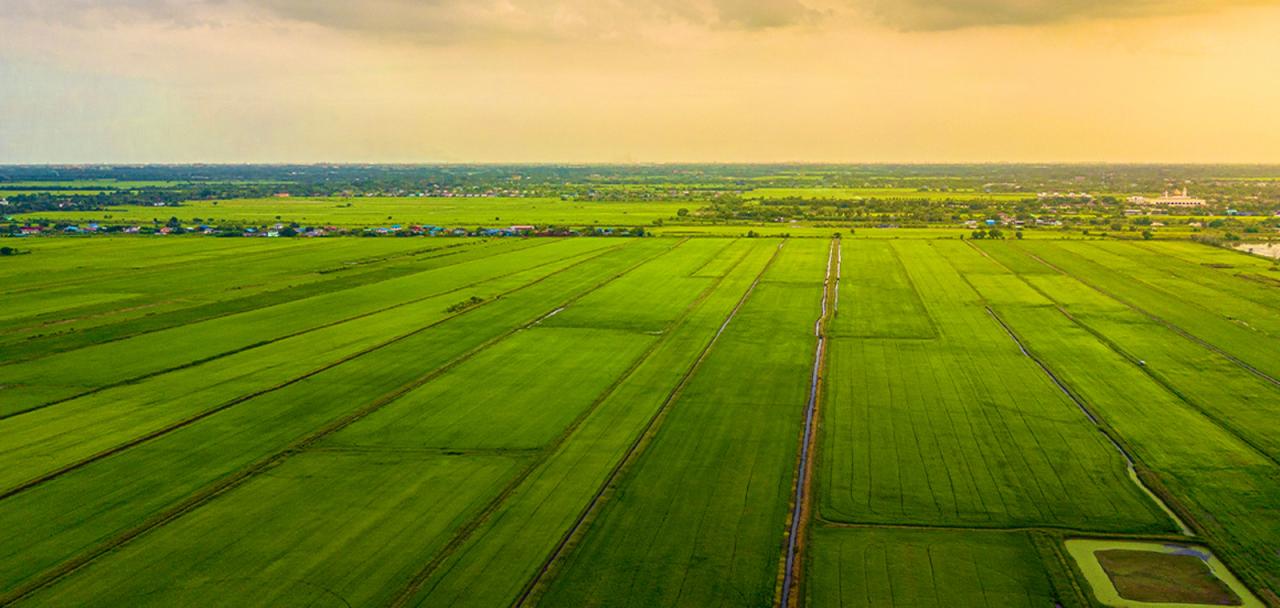NORTHAMPTON, MA / ACCESSWIRE / August 1, 2023 / AllianceBernstein
What You Need to Know
Biodiversity is taking on increasing importance as a consumer concern, but it isn't always top of mind for investors. We think that could soon change. Beyond the obvious environmental benefits, there's an economic case to be made for protecting biodiversity. New, innovative technologies are disrupting age-old systems that are both lower-yielding and environmentally destructive. We believe the next wave of innovation will be fueled by secular growth trends that could reshape the way we think about the world's ecosystems. Ultimately, we believe protecting and maintaining biodiversity is an attractive financial proposition for growers, consumers and investors alike.
90%
Percentage of global deforestation attributable to farmland expansion.
$824 Billion
Annual amount required to bridge current funding levels with what's needed to reverse biodiversity loss.
10 Billion
Earth's projected human population by 2050.
Author
Joseph Sun, CFA| Senior Research Analyst-Sustainable Thematic Equities
Just outside Gibson City, Illinois, a modern-day farmer named Greg is tasked with the responsibility of helping to feed America. Back when Greg's father managed their farm, it took a full day to harvest just one bushel of corn by hand. Over the years, the introduction of innovative farm tools and equipment significantly enhanced production speed and efficiency, and when Greg eventually took over the farm, he benefited from the improved machinery and industrial chemicals. As a result, the farm's yield and productivity experienced exponential growth.
But as Greg transitions the family's assets to his son, their multigenerational farm faces the global challenge of biodiversity loss. Across the North American corn belt and beyond, a decline in soil health from years of excessive agrochemicals has impaired growers' ability to deliver higher yields to feed the world's expanding population.
Greg's story highlights the power of technology in addressing farm productivity. But technology can also help us understand the dangerous loss of biodiversity in the ground beneath our feet-the very soil that feeds the world. Across every industry, we must look to technology to solve the challenges of declining marginal yields and the loss of ecosystem services.
As biodiversity awareness grows, companies that provide effective solutions to biodiversity loss are enjoying substantial growth potential. When science and industry combine to address sustainable development issues, exciting opportunities arise for investors. In recent decades, we've seen the decoding of the human genome open new markets in biotech and pharmaceuticals. Today, the nascent synthetic biology revolution is building on those developments to create new products in areas ranging from consumer goods to industrials. We're now on the cusp of a new agricultural revolution that can harness the power of science to address these invisible threats to human sustenance.
It's not too soon for investors to start discovering the opportunities that can be created by addressing the growing biodiversity funding gap. The market could be sizable. By some estimates, more than $800 billion annually will be required to bridge current funding levels with what's needed to reverse biodiversity loss (Display). That could add up to roughly $8 trillion by 2030.
Past performance, historical and current analyses, and expectations do not guarantee future results.
The views expressed herein do not constitute research, investment advice or trade recommendations and do not necessarily represent the views of all AB portfolio-management teams. Views are subject to revision over time.
Learn more about AB's approach to responsibility here
View additional multimedia and more ESG storytelling from AllianceBernstein on 3blmedia.com.
Contact Info:
Spokesperson: AllianceBernstein
Website: https://www.3blmedia.com/profiles/alliancebernstein
Email: [email protected]

SOURCE: AllianceBernstein




